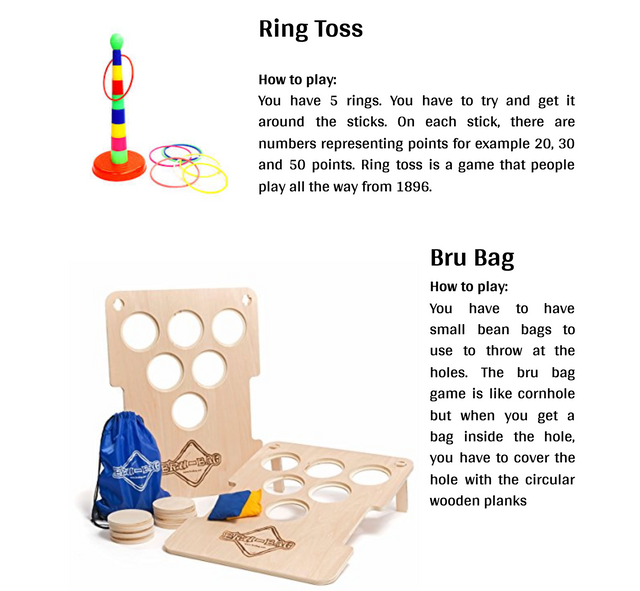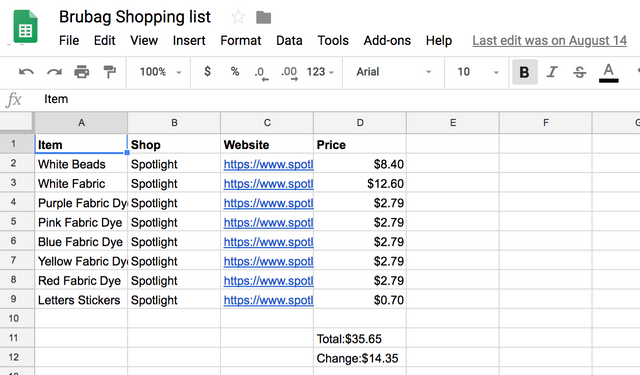Power Tools in Primary School: Celebrating our 90th with Carnival Games
This is my classroom.

Pretty rad, huh?
I’ll chuck in some panos so you can have a bit more of a squiz.
Well, you'll have to go to the following link because Steemit wouldn't let me upload my panos. ¯_(ツ)_/¯
https://drive.google.com/drive/folders/1di497FN8idkSObIaTiezxpJG90hFavB4?usp=sharing
This year is the first year I’ve worked in this room on a full time basis; at our school, it’s the highly revered and greatly respected, all hallowed stage 3 room. Big and open enough to cater for the learning of anywhere between 60 - 90 eleven to twelve year old year 5 and year 6 students.
Another cool thing about the stage 3 room is the outdoor builders’ area. An area that I’ve kind of been ‘eyeing out’ for a few years. In the area we have a couple of tables, built for building upon, with vices and L frames to assist in the measuring and cutting of wood. A tool cabinet and a couple of power outlets (for power tools) hanging from the ceiling. For the last few years I’ve kind of lamented in seeing it remain largely unused; tables covered in tarp, no sawing, no hammering, no noisy power tools.
Anyway, this year I’ve been fortunate enough to have the opportunity to change all of that.
Our school opened in 1928, making this year the year of our 90th anniversary. To celebrate the occasion we put on a bit of a shindig. Now, when I say ‘shindig’, it was actually quite an event. We put on a massively formal assembly and invited some really important people such as the deputy secretary for the NSW Department of Education and the local member for parliament. We invited them to walk through our classrooms and see some of the learning taking place. We even got the deputy secretary on Minecraft in VR!

How does have anything to do with the builders’ area, I hear you ask?
Well, after the classroom visits and formal assembly we had recess, and after that, we played carnival games. By carnival games, I mean the type that you see at fair grounds, circuses and places like Luna Park. You know, the type where you throw or shoot balls in order to knock things down, roll balls up or down ramps and try to get them to land in holes to score designated points, or throw bean bags and try to get them to land in holes - that sort of thing.
These weren’t just any kind of carnival games, however. These carnival games were researched and designed by the students in my awesome stage 3 room. They were built by my students in the awesome builders’ area with much problem solving, ingenuity and yes, you guessed it - power tools!
Now, I’ll try to keep this write-up as brief as possible and show the rest of the story using pictures, but here’s a rundown of how the project went.
Firstly, the stage 3 science syllabus in NSW has a strand called ‘products’.Part of the learning in this strand involves students looking into the manufacturing process and considering this such as the difference in productivity between making a product on an individual basis or as part of an assembly line. To introduce this topic we watched a video about the assembly line and its use in the production of mass-produced sandwiches. The reason I mention this is because I want to show the cool videos below, which shows our class assembly line in action (I'll have to share a Drive link again, sorry!). We had students form assembly lines in order to make paper cranes and compared the difference in productivity between students working as part of an assembly line and those working individually. The assembly lines came out more productive, with the fastest assembly line producing 36 cranes in 30 minutes compared to only 12 by the fastest individual.
https://drive.google.com/drive/folders/1nKX_NO4x898u0Dbcq83c54vwU7SMS7AY?usp=sharing
Anyway, back to the carnival games.
Firstly we asked students to research the different kinds of carnival games that existed and to generate a document listing some potential games. The different groups then went around to different classes around the school and surveyed them as to which games they would most like to play on the day. Example screenshot below.

Following this, each group decided on which game they would like to build and had this approved by the teachers. They then had to design their games to scale using their maths books, considering things like symmetry in their measurements and sketches.
They were then given a budget of $50 and asked to generate a shopping list online.
Example below.

After the design process was completed and the materials had been purchased and delivered, students worked on the balcony (under close supervision, of course) to measure, cut and complete their builds. Some photos of the process are below.























Now, as the title suggests, the building of these games involved the use of power tools in primary school. Tis is not to suggest that I let students loose on the balcony with circular saws, although circular saws were used. It was more that the students were involved in some real hands on mathematics and problem solving in order to build their games. In many cases the tasks took hours to complete and the process was an undertaking that spanned a number of school days. Where circular saws were used, it was by me, and only the plywood that had been so painstakingly measured and marked by my students. I did, however, help students complete their builds with the use of power drills, hot glue guns, tape measures, handsaws, sandpaper and hammers - none of which are used in the traditional primary school classroom.
One of my previous posts shows a video with my students SkyPanda, QuaxstinDuck and Zoomer explaining how they appreciated the project and how they believe it allowed them to develop meaningful life skills. I invite you check my blog for that if so inclined.
Oh, and how did the carnival games go? They were a smashing success. Here are some more photos, these ones showing how students engaged with them on the day of the 90th celebrations. So much fun!









The games have now been donated to some of the younger classes to be brought out during recess and sport time, to provide some structured activities during this time. It’s been an awesome project, very fun indeed, and I’m extremely satisfied to have finally been able to put the builders’ area to good use.
Thanks for reading!
#steemedu :D steemedu.com